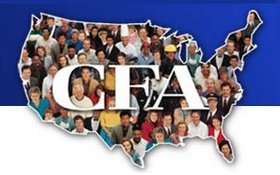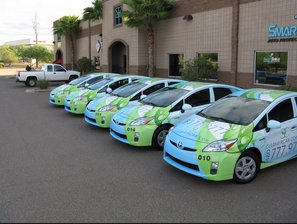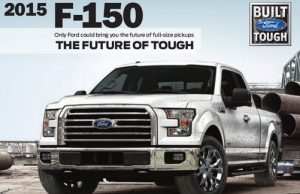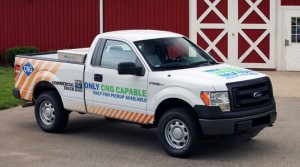by Jon LeSage, editor and publisher, Green Auto Market
Here’s my take on the 10 most significant and interesting occurrences during the past week…….
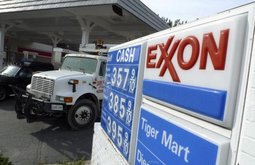 1. Automotive News ran a lead article yesterday on how gasoline prices are softening and what it means, with a telling headline: “Falling gasoline prices make alternative-fuel vehicles a tougher sell.” The boom in US oil production, more fuel efficient new vehicles being offered to consumers, and a softening global demand for oil, seem to be reducing the price of oil and gasoline sold at retail stations. The US Energy Information Administration thinks that will continue into next year – from $3.45 this year down to $3.38 next year. Automakers are increasing incentives on alternative fuel vehicles to make up for reducing demand in hybrid and electric vehicle sales. Toyota boosted Prius incentives up to $2,300 per vehicle in September from $1,400 a year ago and Ford increased C-Max incentives up to $4,900 from $2,650 in September 2013. Consumer tastes have been shifting away from electrified vehicles toward SUVs and pickups, according to a Kelley Blue Book analyst. Green Auto Market has been concerned about the impact of softening fuel prices on green vehicle sales since coverage of the issue last month. Wearing my consultant/analyst hat, I would say that strengthening sales of alternative fuel vehicles will require clear messages from automakers, dealers, government agencies, infrastructure suppliers, and other stakeholders:
1. Automotive News ran a lead article yesterday on how gasoline prices are softening and what it means, with a telling headline: “Falling gasoline prices make alternative-fuel vehicles a tougher sell.” The boom in US oil production, more fuel efficient new vehicles being offered to consumers, and a softening global demand for oil, seem to be reducing the price of oil and gasoline sold at retail stations. The US Energy Information Administration thinks that will continue into next year – from $3.45 this year down to $3.38 next year. Automakers are increasing incentives on alternative fuel vehicles to make up for reducing demand in hybrid and electric vehicle sales. Toyota boosted Prius incentives up to $2,300 per vehicle in September from $1,400 a year ago and Ford increased C-Max incentives up to $4,900 from $2,650 in September 2013. Consumer tastes have been shifting away from electrified vehicles toward SUVs and pickups, according to a Kelley Blue Book analyst. Green Auto Market has been concerned about the impact of softening fuel prices on green vehicle sales since coverage of the issue last month. Wearing my consultant/analyst hat, I would say that strengthening sales of alternative fuel vehicles will require clear messages from automakers, dealers, government agencies, infrastructure suppliers, and other stakeholders:
♦Fuel efficiency is still a big driver for car shoppers, says Mike Maroone, COO of AutoNation. Consumers remain vigilant about the risk of another oil spike, even as they gravitate toward trucks, he said. Consumers and fleets are prioritizing fuel efficiency in their purchase decisions. Alternative fuel vehicles have an edge over internal combustion engines on fuel costs during their ownership lifecycles. (I like getting 48 mpg in my Prius, no matter how much gasoline prices may drop.)
♦Federal and state incentives, and those offered by automakers and dealers, will be continuing for a while on electric vehicles, natural gas vehicles, hydrogen fuel cell vehicles, and propane autogas vehicles.
♦The infrastructure is getting better all the time in charging stations and alternative fuel pumps.
♦As mentioned in the article on working with environmental groups (running in its long version this month in Green Auto Market – Extended Edition), there are three strong arguments for supporting alternative fuel vehicles: emissions reductions, reducing dependence on oil, and economic growth with job creation. If you add in the pragmatic lifecycle fuel cost savings, that means there are four good reasons to purchase these vehicles
2. CALSTART has announced two keynote speakers for its Annual Meeting and Blue Sky Awards luncheon. Christopher Grundler, director of the Office of Transportation and Air Quality for the US Environmental Protection Agency, and Dr. Cheryl Martin, acting director of the Advanced Research Projects Agency-Energy (ARPA-E) at US Dept. of Energy, will be speaking at the event on Tuesday, December 9, 2014, in Los Angeles. The CALSTART annual meeting will feature leading public policy officials, investors, and industry leaders with the sole focus of developing new plans and initiatives supporting clean transportation technologies. Leaders in the field will be honored; for over a decade, the Blue Sky Award has been presented annually to companies and individuals who have made outstanding contributions to the development of clean, sustainable transportation, and technologies. You can view the preliminary agenda here; and for more information, to review the agenda and register, you can email Susan Romeo at sromeo@calstart.org.
3. Tesla Motors may add franchised dealers into its retail chain to gain access to states like Texas and potentially Michigan that have banned Tesla selling directly to consumers. “We may need a hybrid system, with a combination of our own stores and some dealer franchises,” Tesla CEO Elon Musk acknowledged during an interview with John McElroy on Autoline Daily. Michigan’s governor is scheduled to make a decision today on whether he’ll be signing into law the state legislature’s decision last week to ban Tesla from selling or operating a gallery. There are no details yet on how this distribution network would be structured, but it might also assist Tesla in building its presence in states with bans or others like New Jersey and Nevada that are allowing Tesla to sell in the states with limited presence.
4. The US Environmental Protection Agency (EPA) will issue revised guidelines by the end of this year on mpg ratings. Christopher Grundler, director of the EPA’s Office of Transportation and Air Quality, says it has much to with the agency’s “coast-down” test that has been the source of mistakes impacting Hyundai, Kia, Ford, and Mercedes-Benz to revise their fuel economy ratings since 2012. During testing, vehicles are sped up to 80 mpg then coast to a step for readings on aerodynamic drag, friction in the drivetrain, and other data points. That data has been going into dynameters for simulations of the vehicle’s performance on real roads. New guidelines will come out clarifying how the test should be conducted, and more accurate audits of automakers’ testing results, Grundler said.
5. China will crackdown on automakers that fail to meet fuel economy requirements on passenger vehicles set to rollout in the 2015 model year. China has standards similar, but stricter, to those being adopted in the US, Europe, and Japan – requiring corporate average fuel economy of 34 mpg in 2015 and 47 mpg in 2020. The rule takes effect on Nov. 1. The Chinese government says it will publicly name automakers, both foreign and Chinese, who fail to meet the 2015 target; and there will be a ban on new vehicles that don’t meet fuel economy targets that will be determined by a special weight-based formula.
6. Kia has been slacking on joining the electric vehicle competition, but it’s got a very cool car, according to the New York Times. The 2015 Kia Soul EV got a rave review for a few reasons, one being its 27 kilowatt-hour battery pack. The EPA gives it a range of 93 miles on a charge, better than other EVs and especially significant for its small car size. The reviewer was able to reach just about 100 miles each time without resorting to extreme eco-maneuvers.
7. Clean Energy Fuels introduced a patent-pending product designed to help fleet operators sequester natural gas vehicles (NGVs) in their existing maintenance facilities. NGV Easy Bay is the “lowest cost separation and vapor containment system available” for NGV maintenance and storage facilities, the company says. It was developed by the company’s facilities modification team, which has been helping potential operators solve problems faced in converting not only their vehicles but their vehicle support installations for natural gas using its code-compliant fabric barrier system.
8. LG Chem predicts it will be the giant in electrified transportation batteries in 2017 – 25% of a $5 billion global market in lithium batteries for battery electric, plug-in hybrid, hybrid, and microhybrid vehicles. Prabhakar Patil, CEO of LG Chem Power Inc., the Korean company’s North American division, thinks that LG Chem will continue to grow despite Tesla Motors’ decision to go with Panasonic at its upcoming “gigafactory” in Reno. Nev. Patil thinks the EV market will grow and is in talks with several automaker about supplying them with batteries. He also thinks it’s pretty questionable that Tesla and Panasonic will be building 500,000 electric vehicles a year.
9. US Energy Secretary Ernest Moniz is impressed with a new biofuels plant in Kansas – he says it represents the future of ethanol production and next-generation biofuels, solar, and fossil technologies that reduce greenhouse gas emissions. The $500 million refinery in Hugoton, Kansas, is now one of three commercially sized facilities in that US that only use plant waste, such as stalks and leaves, for production. That would mean staying out of the “food vs. fuel” debate that plagues the corn ethanol used in E10 gasoline. Abengoa, a Spanish company, opened the plant in late September. The plant has been funded by an Energy Dept. grant and loan guarantee, and it has the capacity to produce 25 million gallons of ethanol per year.
10. General Motors has increased its number of landfill-free facilities up to 122 as 11 more manufacturing and non-manufacturing operations have made the list. These facilities in Asia, Europe, South America, and North America take waste from daily operations and recycle, reuse, or convert it to energy. Three of the 11 sites are in Michigan and one is in California; combined, the 11 added facilities help GM avoid more than 600,000 metric tons of CO2-equivalent emissions
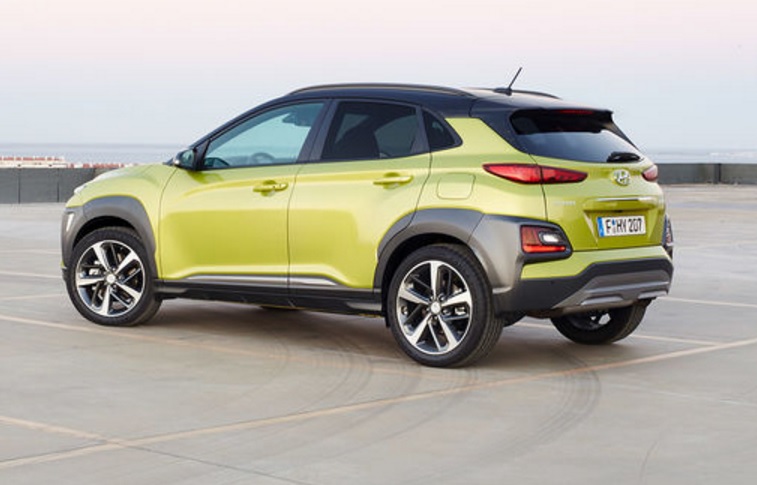 surge of 59% in sales during that five-year period. It was less for light-duty trucks with less than 10% increase in fuel economy, with 41% seeing an increase in sales during that period. The Toyota RAV4 is a clear example of the trend by increasing in mileage by 10 percent in that time – with a nearly 220,000 unit increase, a 166% gain, in annual vehicle sales. The consumer group sees the federal fuel economy standards moving truck fuel efficiency forward and sales of pickups, crossovers, and SUVs. “This analysis completely debunks automaker claims that consumers don’t value good gas mileage,” said Jack Gillis, CFA’s director of public affairs. “Clearly, the more improvement in MPG, the better the sales.”
surge of 59% in sales during that five-year period. It was less for light-duty trucks with less than 10% increase in fuel economy, with 41% seeing an increase in sales during that period. The Toyota RAV4 is a clear example of the trend by increasing in mileage by 10 percent in that time – with a nearly 220,000 unit increase, a 166% gain, in annual vehicle sales. The consumer group sees the federal fuel economy standards moving truck fuel efficiency forward and sales of pickups, crossovers, and SUVs. “This analysis completely debunks automaker claims that consumers don’t value good gas mileage,” said Jack Gillis, CFA’s director of public affairs. “Clearly, the more improvement in MPG, the better the sales.”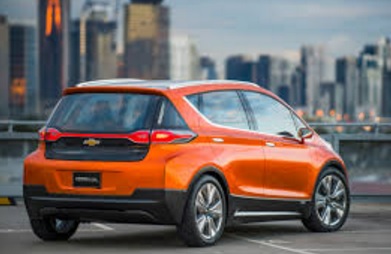 tests and a “Superior” score for front crash prevention. The institute said that the Bolt was the first all-electric vehicle to earn the pick for 2017. Among small cars, the Bolt joins 11 other nameplates as Top Safety Picks, including the 2017 Chevy Volt. the National Highway Traffic Safety Administration will still need to crash test the Bolt.
tests and a “Superior” score for front crash prevention. The institute said that the Bolt was the first all-electric vehicle to earn the pick for 2017. Among small cars, the Bolt joins 11 other nameplates as Top Safety Picks, including the 2017 Chevy Volt. the National Highway Traffic Safety Administration will still need to crash test the Bolt.
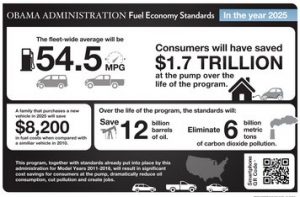 Fuel economy rules:
Fuel economy rules: 